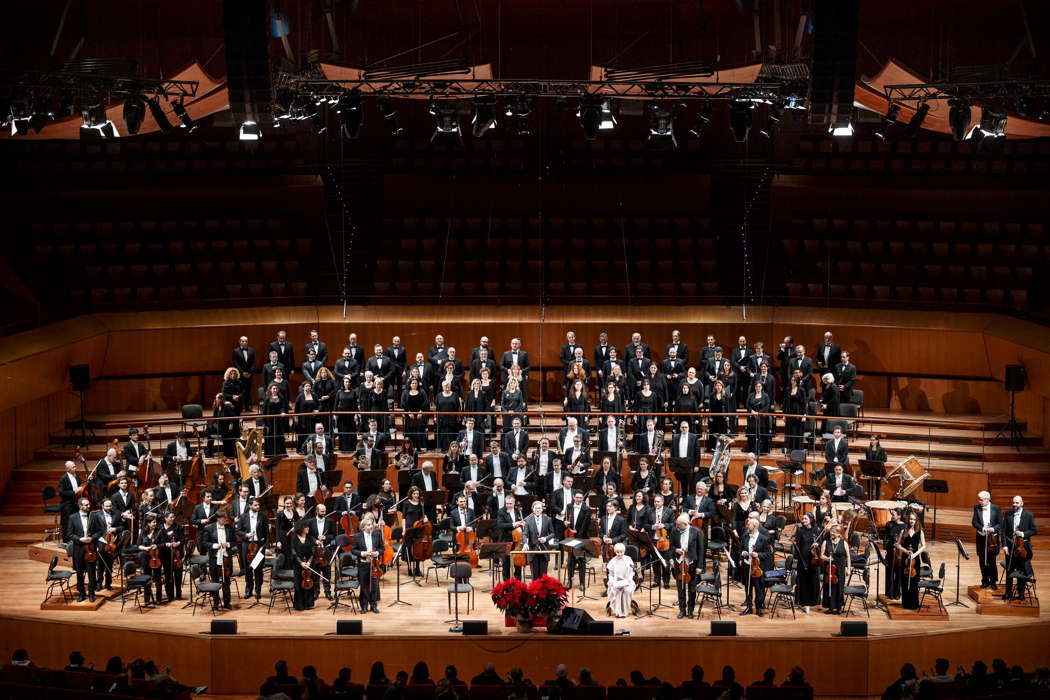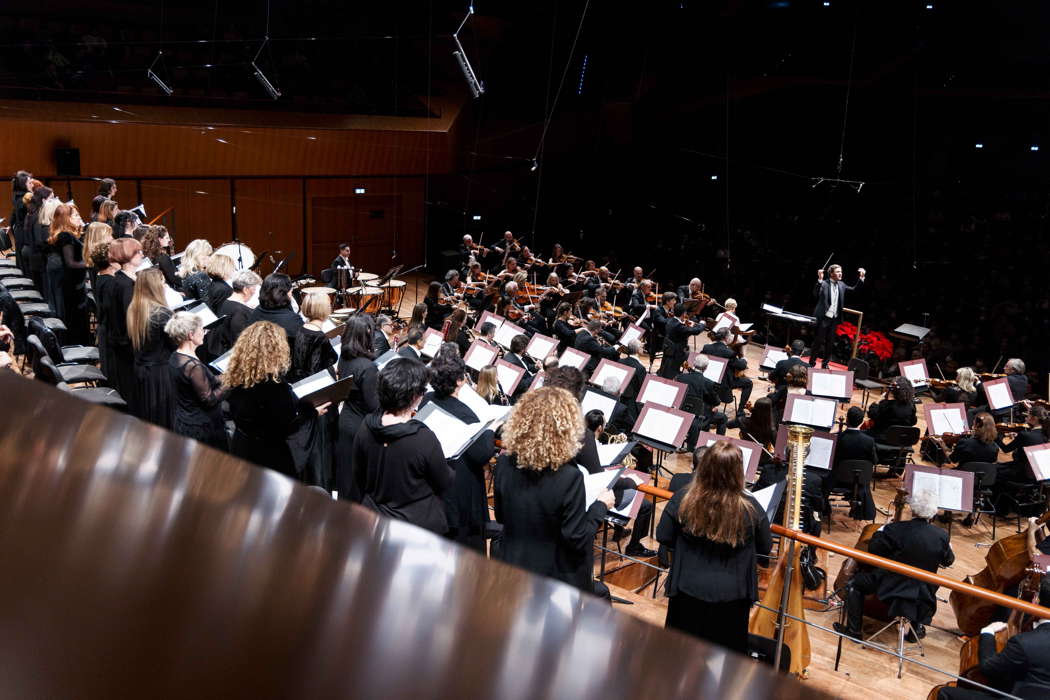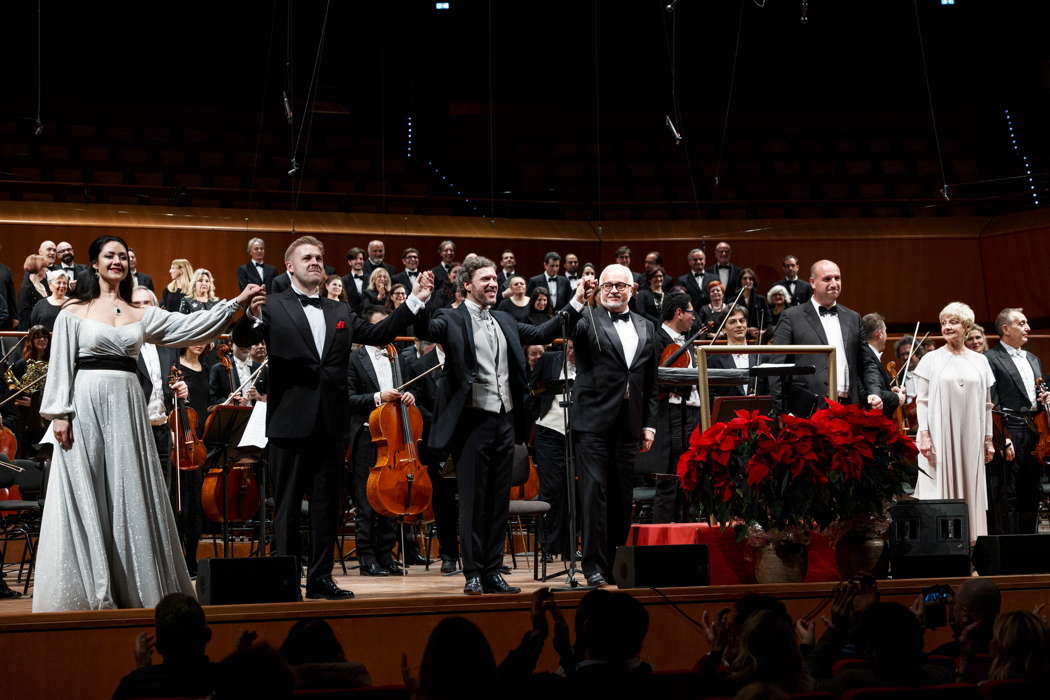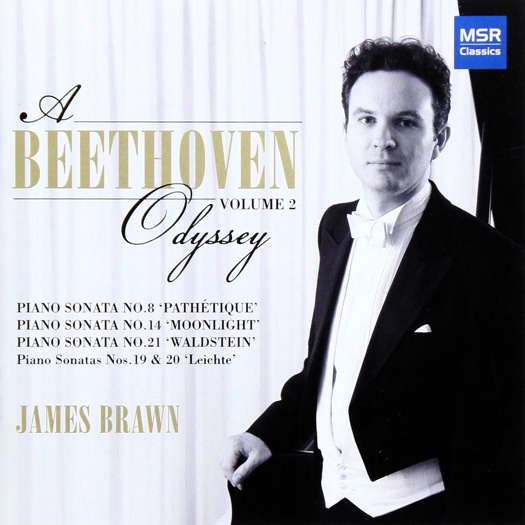 ASK ALICE: Weekly, from 2003 until 2016/17, Alice McVeigh took on the role of classical music's agony aunt to answer questions on a surprising variety of subjects.
ASK ALICE: Weekly, from 2003 until 2016/17, Alice McVeigh took on the role of classical music's agony aunt to answer questions on a surprising variety of subjects.
A Christmas Gift
GIUSEPPE PENNISI experiences some rare music by Pyotr Ilyich Tchaikovsky
A real Christmas gift: on 22 December 2022, Accademia Nazionale di Santa Cecilia presented, for one evening only (out of subscription), Snegurčka (The Snow Maiden) by Pyotr Ilyich Tchaikovsky in its first performance in Rome and, I believe, in Italy. I have memories of Nikolai Rimsky-Korsakov's work on the same subject as well as based on the same play (by Aleksandr Nikolayevich Ostrovsky). I saw and heard it in Rome, as a child, in 1953. The Rimsky-Korsakov work, according to my memories, was seen and heard, about thirty years ago, at the Maggio Musicale Fiorentino and later in the theatrical circuit of Emilia-Romagna, while Tchaikovsky's 'incidental music' was played, without voices or chorus, as a musical carpet for a ballet staged in Piacenza last January. They are compositions of rare execution. I do not know if there are CDs or DVDs of Tchaikovsky's work on the market. A few years ago, I was able to find a CD of Rimsky-Korsakov's work from a German publishing house but sung in French. This clarification is necessary to know what work we are talking about.
Tchaikovsky's 'incidental music' was composed for the premiere of Ostrovsky's theatrical work. Ostrovsky was a very prolific author, with over forty texts represented in Russia and beyond, by 1873. The work by Ostrovsky / Tchaikovsky was not a great success with critics and audiences in 1873, but gradually became popular. About ten years later, Tchaikovsky himself would have wanted to make it a full opera but was preceded by Rimsky-Korsakov whose work was staged in 1882 and became, in Russia and beyond, a 'classic' for the Christmas and New Year period.
The opera by Rimsky-Korsakov is full of musical colors and its melancholic tint is very light. As such, it is similar to most of his works and especially fairytale works such as Sadko: I remember a good production of this fairytale at La Fenice, of which there is a CD. Therefore, it is very different from the highly dramatic and black horror opera The Czar's fiancée; seen and heard in the last fifteen years both in Catania, in a Helicon Opera Theater production in Moscow, and at La Scala in a production that caused lively discussions. Largely, Tchaikovsky's 'incidental music' - nineteen numbers, mostly for choir and orchestra - is inspired by Russian folk tradition.
This is not a detail but a significant aspect. The works, not only theatrical, by Tchaikovsky, in fact, are those that, at that time in Russia, most look to Western music - especially French and Italian - so much so that the composer was not part of the so-called 'Group of Five' whose goal was to promote a 'Russian music' (especially theatrical). A few years after the 'incidental music', in one of his letters from Sanremo (where he lived in 1877-78), Tchaikovsky almost claims his 'Russian soul and nature'. Snegurčka is a demonstration of how deep this claim was.
The libretto is very complicated and articulated in a prologue and four acts. In a nutshell, it deals with the opposition of the eternal forces of nature and has fantastic and semi-legendary characters - Grandfather Frost, the Spring Fairy, the Spirit of the Woods Lešij, Sneguročka and Tsar Berendej - interact with real human characters (Kupava and Mizgir'). The former, ie the forces of nature, win over the latter.
Let us go to the 22 December production. The concert was scheduled in the regular symphonic season of the Accademia Nazionale di Santa Cecilia over a year ago, but skipped when theaters and concert halls were closed due to the pandemic. It was a real joy to see the auditorium - almost three thousand seats - quite full and with many young people, for a work never performed in Rome and a cast little known in Italy, even if Stanislav Kochanovsky has already been guest conductor at Academy concerts. Rightly, he is considered one of the most promising young Russian conductors. He has conducted in major European and even American theaters. His attitude is particularly felt in No 13, the 'dance of acrobats', a lively allegro vivace that thrilled the audience, which exploded with applause.

A scene from Accademia Nazionale di Santa Cecilia's presentation of Tchaikovsky's Snegurčka. Photo © 2022 Riccardo Musacchio
The real vocal protagonist is the choir, prepared by Piero Monti. The chorus is entrusted with seven of the nineteen musical numbers. I am of the generation that still remembers when, at Teatro dell'Opera di Roma, for some foreign operas - for example, a Manon by Massenet in the mid-sixties - the chorus sang in Italian rhythmic translation while the soloists, largely 'imported', sang in French. The choir was able to find the appropriate slant to make the links with Russian folk music felt.

A scene from Accademia Nazionale di Santa Cecilia's presentation of Tchaikovsky's Snegurčka. Photo © 2022 Riccardo Musacchio
Agunda Kulaeva is a young Russian mezzo who is part of the company of the Bolshoi Theater in Moscow but also sings in Germany, Spain and at the Salzburg Festival. She has the role en travesti of the shepherd Lel' and three numbers in which she sang in low, almost contralto registers. Sergey Radchenko is a bari-tenor already known in Italy for having sung at La Scala, at the Teatro dell'Opera di Roma and at the Festival della Valle d'Itria, as well as at the Accademia Nazionale di Santa Cecilia. In Snegurčka, he is Grandfather Frost, a role, all in all, secondary and partly declaimed. Lyric tenor Alberto Marucci, a member of the chorus of the Accademia Nazionale di Santa Cecilia, is to be praised for the grace with which he sang the verses entrusted to him. Milena Vukotic was the narrator who connected the various numbers.

From left to right: Agunda Kulaeva, Sergey Radchenko, Stanislav Kochanovsky, Piero Monti, Alberto Marucci and Milena Vukotic in Accademia Nazionale di Santa Cecilia's presentation of Tchaikovsky's Snegurčka. Photo © 2022 Riccardo Musacchio
It was a success, with applause and accolades.
Copyright © 25 December 2022
Giuseppe Pennisi,
Rome, Italy

ARTICLES ABOUT THE ACCADEMIA NAZIONALE DI SANTA CECILIA
CLASSICAL MUSIC ARTICLES ABOUT ROME




